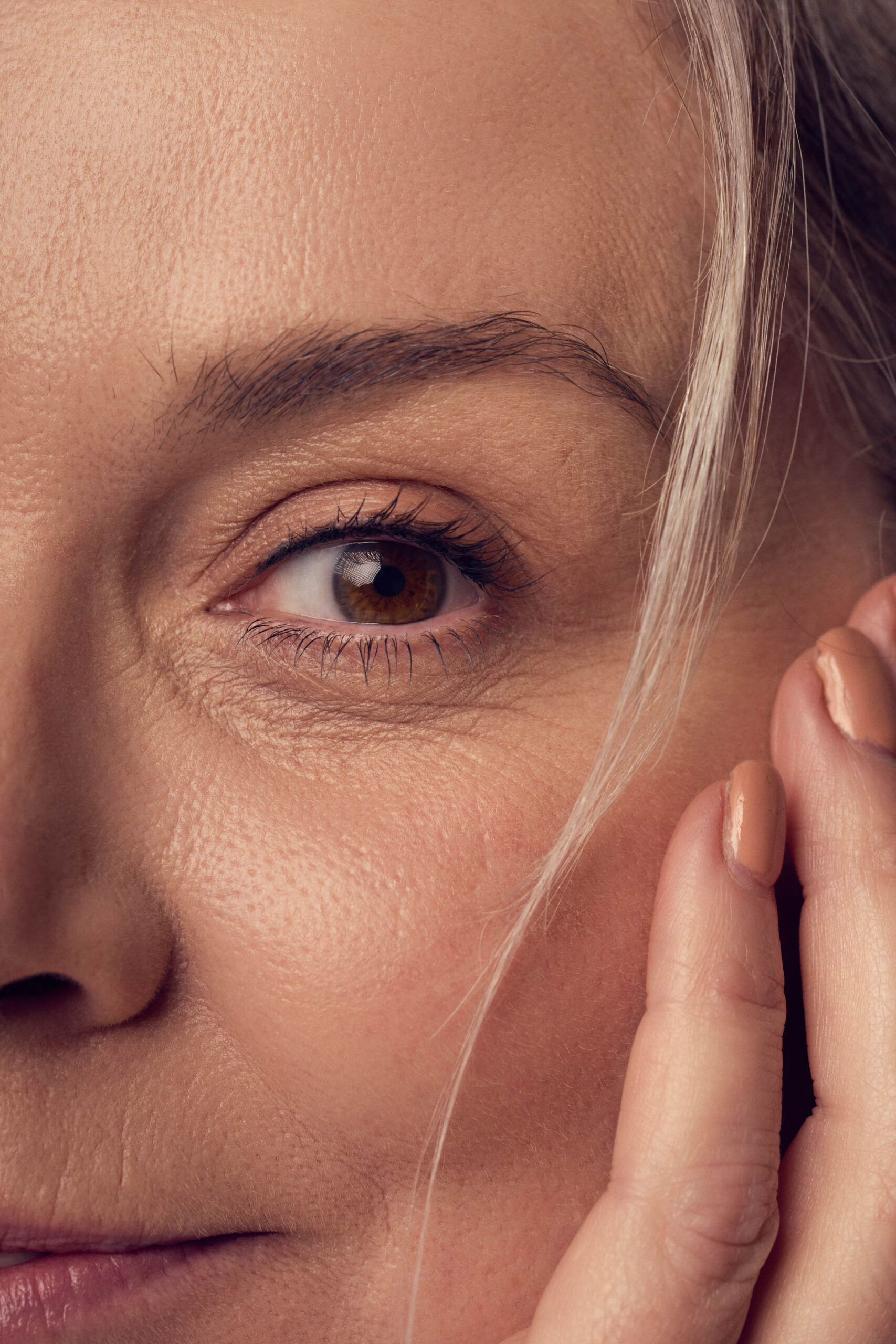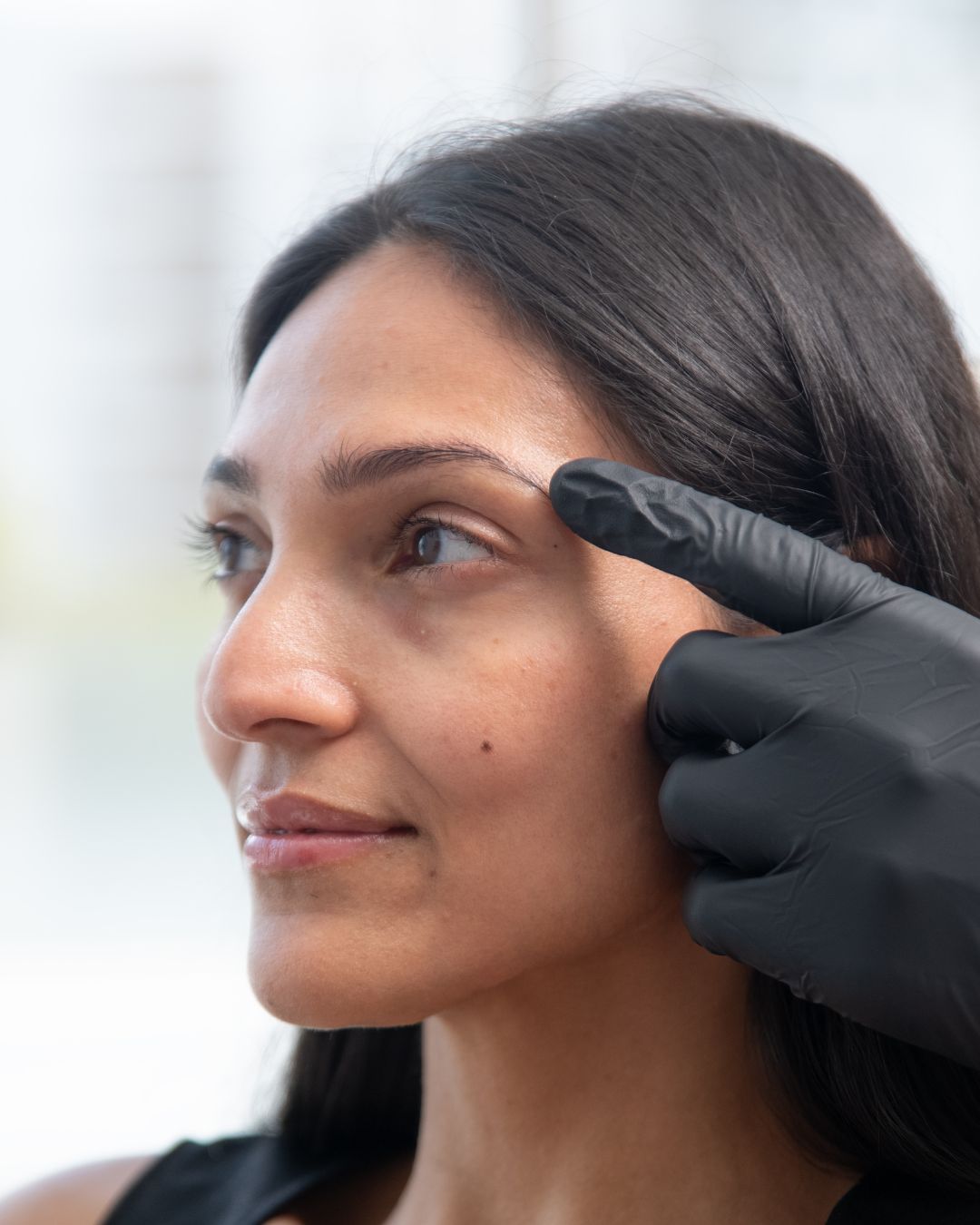Rejuran has quickly become a popular treatment for skin rejuvenation, attracting interest from patients who want to maintain healthy skin over the long term. Unlike traditional treatments that primarily target wrinkles or provide volume, Rejuran works at a deeper, cellular level to support your skin’s natural repair and regeneration processes. This is similar to other forms of collagen stimulation, but with a different mechanism.
At its core, Rejuran is made from polynucleotides (PNs) derived from salmon DNA (also referred to as PDRN). These molecules are believed to help improve skin elasticity, hydration, and overall texture. While the precise mechanisms of how Rejuran works are not fully understood, anecdotal reports and early clinical studies indicate that it is a safe and well-tolerated option for various skin concerns.
In this article, we will explore:
- How Rejuran’s key ingredients interact with skin cells
- Its potential role in cellular regeneration and collagen stimulation
- The safety profile and clinical observations reported so far
- Why it is considered a long-term skin health investment rather than a quick-fix treatment
Whether you are considering Rejuran for the face, under-eye area, or other target areas such as the neck, décolletage, or hands, this guide will provide a clear overview of what science currently tells us about this innovative treatment.
Polynucleotides & PDRN explained
At the heart of Rejuran are polynucleotides, long chains of nucleotides that form the building blocks of DNA. In Rejuran, these are derived from salmon DNA and highly purified to ensure safety while minimising immune reactions.
A particular type of polynucleotide in Rejuran is polydeoxyribonucleotide (PDRN), which has been studied in wound healing and tissue regeneration. PDRN is thought to:
- Stimulate fibroblasts, the cells responsible for collagen production
- Promote microvascular regeneration, improving blood flow to the skin
- Support DNA synthesis and repair within aging or damaged cells
These actions provide a biological rationale for Rejuran’s regenerative effects, though the exact molecular pathways in human skin are not fully understood.
Rejuran salmon DNA: How it repairs your skin
Rejuran’s salmon DNA is highly compatible with human tissue. Its polynucleotides provide the raw materials that skin cells can use to repair and rejuvenate. When injected into the dermis, the salmon DNA may:
- Stimulate collagen production – encouraging fibroblasts to strengthen skin structure
- Enhance hydration – polynucleotides attract and retain water, helping skin appear plumper
- Support tissue repair – improving resilience against minor damage from aging or UV exposure
- Modulate inflammation – aiding recovery from irritation and promoting healthier skin
Why Salmon DNA works for human skin: Safety, efficacy & evidence
Salmon DNA-derived polynucleotides, the primary component of Rejuran, is uniquely compatible with human tissue, which is why it can be used safely in skin rejuvenation. Despite originating from fish, the structure of salmon polynucleotides closely resembles human DNA fragments, allowing the body to recognise and utilise them without triggering significant immune reactions. This biochemical compatibility underpins both its safety and its regenerative potential.
Safety profile
Clinical studies consistently show that Rejuran is well-tolerated. Common effects are mild and temporary, such as redness, swelling, or small injection-site bumps that resolve within 12–36 hours. Allergic reactions are extremely rare, making it a suitable option for most patients, including those with sensitive skin.
Efficacy considerations
While the biological rationale for salmon DNA’s regenerative effects is strong, the exact mechanisms in humans remain unclear. Evidence for clinical outcomes is primarily anecdotal, supported by small studies rather than large-scale trials. Nevertheless, patients and clinicians report improvements in:
- Skin hydration and elasticity
- Reduction of fine lines and uneven texture
- Improved redness and inflammation
It is important to frame expectations realistically: Rejuran is not a volumiser or wrinkle relaxing treatment. Instead, its benefits tend to emerge gradually, reinforcing the skin’s structure and supporting long-term skin health. When used as part of a comprehensive skincare and aesthetic plan, salmon DNA-derived polynucleotides can complement other treatments by focusing on cellular repair and preventative rejuvenation.
Book your consultation now
Cellular regeneration with Rejuran
Rejuran works at the cellular level, targeting the dermis—the layer beneath the skin’s surface—where collagen, elastin, and other structural proteins are produced. The polynucleotides in Rejuran are thought to support the skin’s natural repair mechanisms by providing a scaffold for cell growth and by stimulating fibroblasts, the cells responsible for collagen production.
How it supports skin health
Although the exact molecular pathways remain unclear, several potential effects have been proposed:
- Stimulation of fibroblasts: Polynucleotides may encourage these cells to generate collagen and elastin, helping to maintain skin elasticity and firmness.
- Promotion of cellular repair: DNA fragments can support damaged skin cells, potentially aiding in the repair of fine lines, scars, and uneven texture.
- Enhanced hydration: By supporting extracellular matrix components, Rejuran can help retain water in the skin, improving softness and suppleness.
Practical implications
Patients often notice subtle improvements in skin texture, elasticity, and overall appearance over a series of treatments. Unlike injectables that primarily alter surface volume or relax muscles, Rejuran’s effects are regenerative and preventative, gradually optimising the skin’s quality.
How Rejuran stimulates collagen for rejuvenated skin
One of the key reasons Rejuran has gained popularity is its potential to support collagen production. Collagen is the protein responsible for skin strength, elasticity, and structure, and its decline is a major contributor to fine lines, wrinkles, and sagging skin.
The polynucleotides in Rejuran are thought to provide a regenerative stimulus to the dermis. These molecules may interact with fibroblasts—the cells that produce collagen—encouraging them to function more effectively. Over time, this may lead to:
- Improved skin elasticity: As collagen levels increase, the skin becomes firmer and more resilient.
- Reduction in fine lines and wrinkles: Gradual thickening of the dermis can smooth out superficial creases.
- Enhanced texture and tone: Collagen supports an even, hydrated skin surface, improving overall appearance.
It’s important to emphasise that while these mechanisms are biologically plausible, the precise pathways are not fully established. By focusing on the skin’s internal structure, Rejuran complements other treatments that target surface volume or muscle relaxation, making it a valuable addition to a long-term skin health strategy.
Why Rejuran is a powerful skin healer
Rejuran is often described as a “skin healer” because of its focus on long-term skin regeneration rather than short-term volume correction.
The polynucleotides in Rejuran from salmon DNA, is believed to promote tissue repair and regeneration. When injected into the dermis, these molecules may:
- Encourage cellular regeneration: Stimulating fibroblasts and other skin cells to function more efficiently.
- Improve hydration and elasticity: By supporting the production of hyaluronic acid and collagen-like molecules within the skin.
- Repair microdamage: Reducing the appearance of fine lines, rough texture, and other minor skin imperfections over time.
While the exact mechanisms are not fully understood, the combination of clinical experience and early studies suggests Rejuran is a safe option for improving overall skin quality. Its gentle, regenerative approach allows it to complement other cosmetic treatments, making it a versatile tool in preventative and maintenance-focused skin care plans.
Patients often report that their skin looks smoother, feels softer, and appears more resilient after a series of treatments, which reinforces its reputation as a powerful, long-term skin healer.
Want to know more about Rejuran?
Learn more about Rejuran treatments in our complete Rejuran treatment guide.
Searching online for a “Rejuran treatment near me”?
Curious about which Rejuran treatment is right for you? Explore our Rejuran treatment options and packages and book a consultation.

